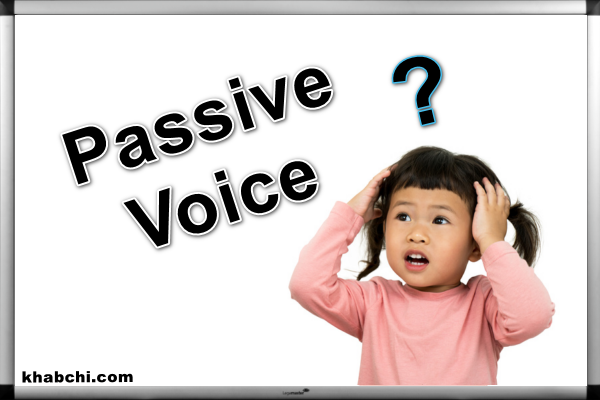
Language is made up of various building blocks, and one of the most essential building blocks of language is parts of speech. Parts of speech are the basic units of grammar and are used to categorize words based on their function in a sentence. There are eight parts of speech in English, each with its own unique characteristics and uses. In this article, we will explore the different parts of speech in detail.
Noun
A noun is a word that refers to a person, place, thing, or idea. Examples of nouns include dog, table, New York, and freedom. Nouns can be singular or plural and can also be common or proper. Proper nouns are specific names of people, places, or things, such as John, Paris, or the Eiffel Tower.
Pronoun
A pronoun is a word that takes the place of a noun in a sentence. Examples of pronouns include he, she, it, and they. Pronouns are used to avoid repetition and make sentences more concise. There are several types of pronouns, including personal pronouns, possessive pronouns, and reflexive pronouns.
Adjective
An adjective is a word that describes or modifies a noun or pronoun. Examples of adjectives include blue, happy, and tall. Adjectives can be used to indicate size, color, shape, or other qualities of a noun. Adjectives can also be comparative or superlative, indicating the degree of the quality they describe. For example, taller is the comparative form of tall, and tallest is the superlative form.
Verb
A verb is a word that expresses action or a state of being. Examples of verbs include run, sing, and be. Verbs can be transitive, meaning they require an object, or intransitive, meaning they do not require an object. Verbs can also be conjugated to indicate tense, aspect, and mood, such as past tense, present tense, and subjunctive mood.
Adverb
An adverb is a word that modifies a verb, adjective, or other adverb. Examples of adverbs include quickly, very, and well. Adverbs can indicate time, manner, degree, or frequency. Adverbs can also be comparative or superlative, indicating the degree of the quality they describe.
Preposition
A preposition is a word that shows the relationship between a noun or pronoun and other words in a sentence. Examples of prepositions include in, on, and under. Prepositions can indicate location, direction, time, or other relationships between words.
Conjunction
A conjunction is a word that connects words, phrases, or clauses in a sentence. Examples of conjunctions include and, but, and or. Conjunctions can be used to join two independent clauses, two nouns, two verbs, or other elements of a sentence.
Interjection
An interjection is a word or phrase that expresses strong emotion. Examples of interjections include wow, ouch, and hey. Interjections can be used to express surprise, pain, joy, or other emotions.
In conclusion, understanding the parts of speech is essential for understanding the structure of language. Each part of speech has its own unique characteristics and uses, and together they form the foundation of grammar. By learning and mastering the parts of speech, we can become more effective communicators and writers.




















